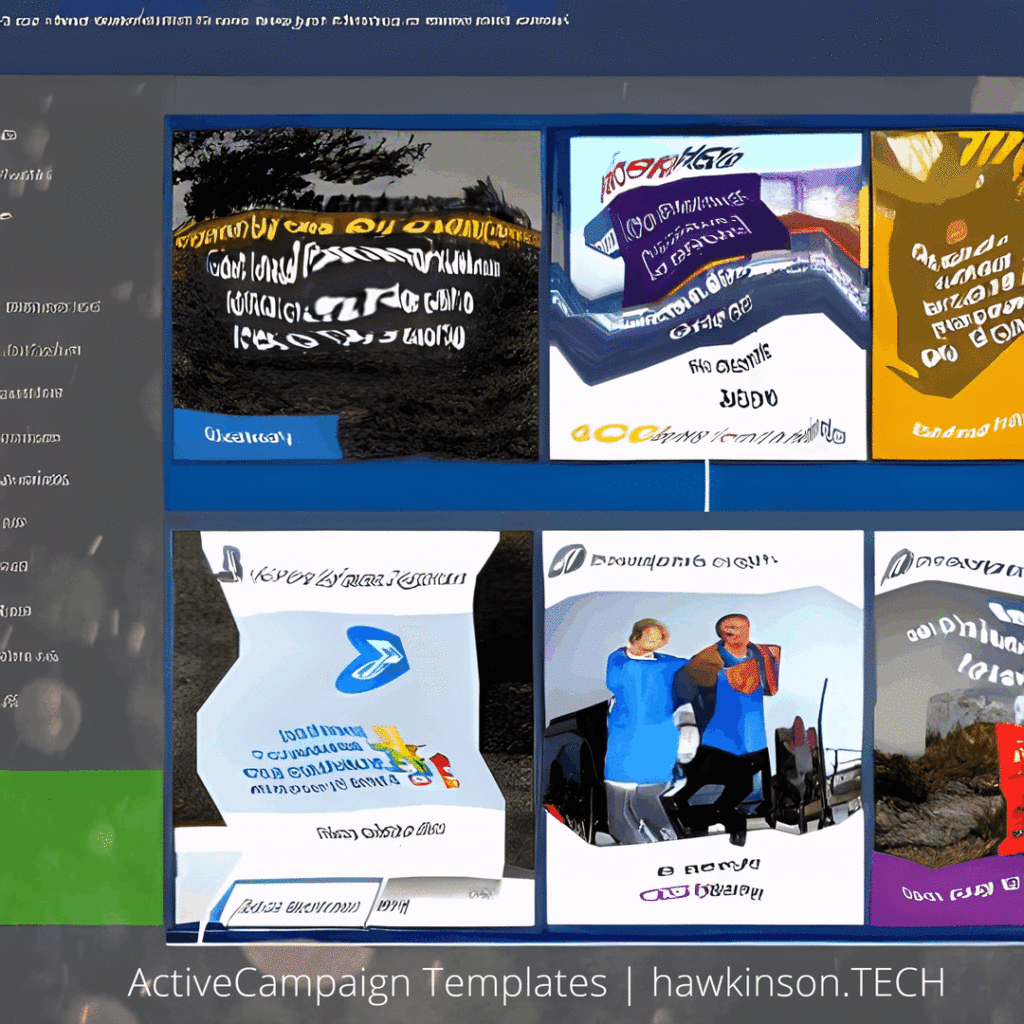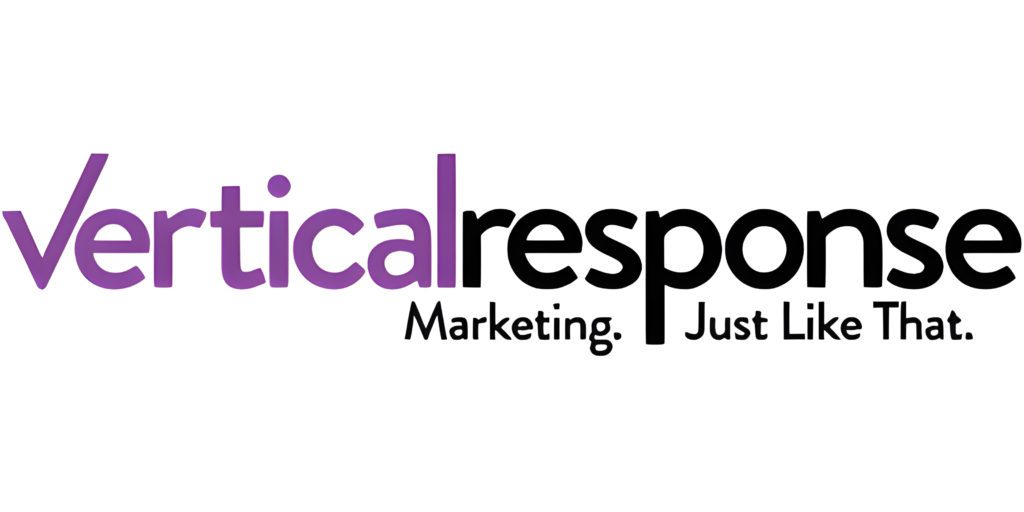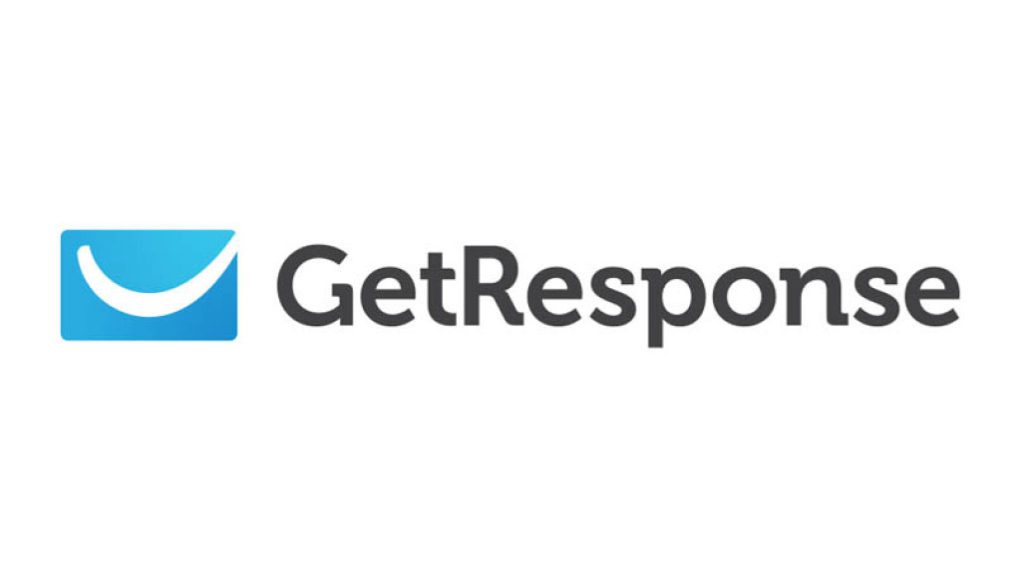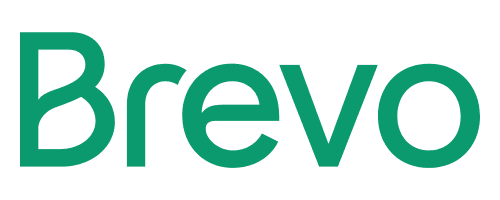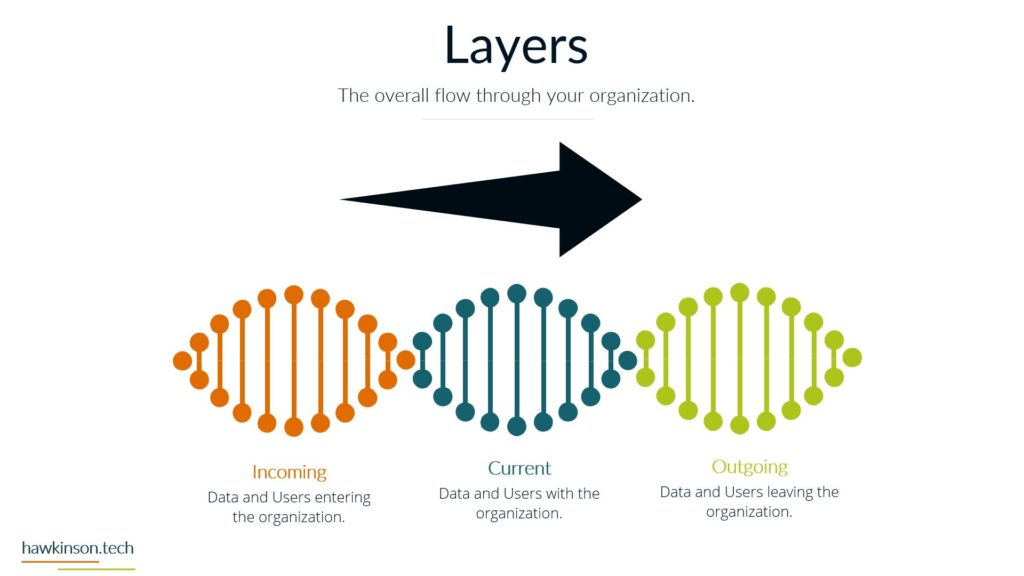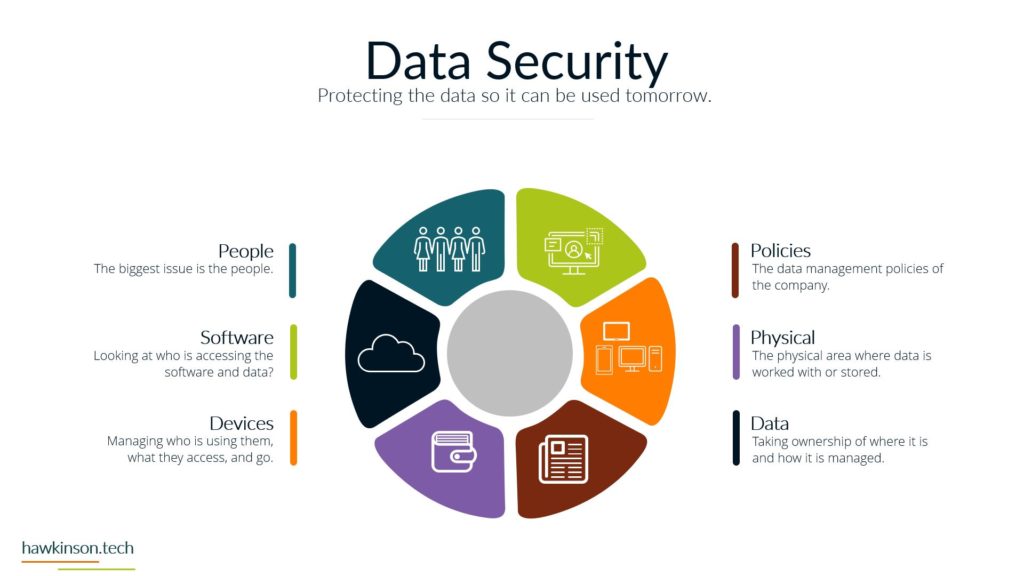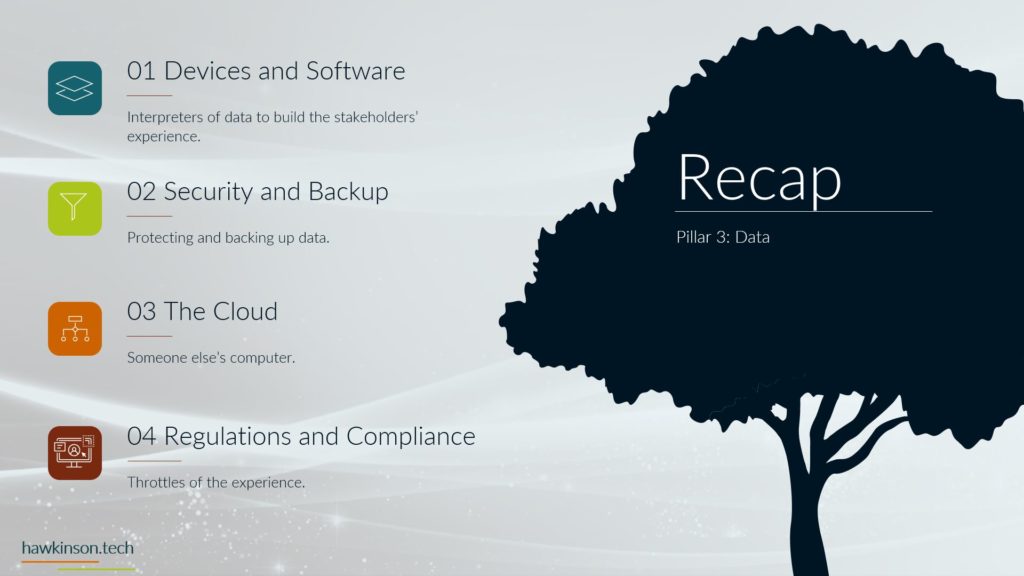Imagine you had a direct line of communication with your customer – a channel through which you can inform, inspire, and drive action with just a few carefully-crafted phases. This is not a marketer’s fantasy but the actual, transformative power of email marketing. A mainstay of digital marketing strategies around the world, email marketing is the catalyst that helps businesses cover the distance from window shopping to customer loyalty.
This journey will take us through the core principles of email marketing, during which we will explore the various email marketing types, benefits, best practices, and more. The deeper you delve into this guide, the more fully you will be able to appreciate the impact of email marketing and how you can harness the same.
Whether you are sowing the seeds or basking in the shade of a fully-grown email marketing tree, this blog will have something to offer you in your quest for more bountiful yields.
What is Email Marketing?
Email marketing is a strategic communication tool to reach existing and potential customers. It involves sending carefully-tailored emails to their target audiences to foster relationships, boost brand recognition, promote products and services, and drive conversions.
Email marketing stands out because of its direct, personal communication to the customer’s inbox. This characteristic makes email marketing uniquely effective for nurturing leads and cultivating customer loyalty.
With its unmatched ability to send personalized, timely content to individuals who have already shown an interest in what you offer, email marketing holds a particular spot in the larger realm of digital marketing strategies. It is the digital world’s version of an old-school letter with incredible speed, reach, and impact.
Benefits of Email Marketing
Email marketing is chock-full of benefits for businesses of all types and sizes. Here are a few of its advantages:
1) Cost-Effectiveness
Email marketing requires less investment than conventional marketing modes like TV or print media. This makes it an accessible form of marketing, even for small businesses on tight budgets. It is an inexpensive way to reach large audiences and maximize your ROI.
2) Personalization
Email marketing can be personalized according to your target market’s persona, needs, and interests. Tailored subject lines, greetings, and content can maximize your open rates, click-through rates, conversions, and overall engagement.
3) Building Strong Relationships
Through email marketing, businesses can maintain continuous contact with customers and foster long-term relationships. As mentioned, email marketing is the only form offering a direct line to your customer’s inbox. By leveraging this unique advantage, you can keep your brand on top of your audience’s minds and promote ongoing engagement.
4) Performance Tracking
The ability to track open rates, click-through rates, and conversions provides quantitative metrics to judge your campaign’s success.
By analyzing this data, you can identify your areas of strength and the domains where there may be room for improvement.
Types of Email Marketing
Email marketing comes in various forms, each catering to a specific purpose in the larger marketing strategy.
1) Newsletters
These regularly distributed emails keep your subscribers updated about your business’s latest updates, news, and content.
You can leverage newsletters to stay connected to your audience, build relationships, and drive consistent website traffic.
2) Promotional Emails
These are emails sent out specifically to announce special offers, sales, or promotions in your store or website.
Promotional emails are crafted to encourage immediate action from their recipients, such as making a purchase or signing up for an event.
3) Transactional Emails
These automated emails triggered by a user’s specific activities include order confirmations, receipts, or password resets.
While primarily informational, transactional emails can be used for product or service promotion.
4) Lead Nurturing Emails
These emails help move potential customers further down the sales funnel.
These emails strive to build trust and develop an interest in your offer by providing valuable information.
5) Reengagement Emails
Reengagement emails are usually sent to inactive subscribers to rekindle interest in your business.
These emails often contain incentives or showcase new developments that might tempt the reader to engage again.
6) Personalized Emails
Personalized emails are specifically crafted for a specific recipient. It contains the receiver’s name, and the content is tailored to their particular behaviors, interests, or purchase history.
This level of personalization can significantly propel engagement and conversion.
Building an Email List
Your email list connects you to your audience, enabling you to inform, promote, and engage.
Ethical and Legal List Building
Make sure to build your email list ethically and legally. This means taking explicit permission before adding an individual to your email list.
Use Effective List-Building Strategies
You can acquire this permission by offering email sign-up forms on your website, social media platforms or during checkout.
Offering incentives like discounts or a free piece of content (also referred to as a ‘lead magnet’) can encourage more people to sign up.
Quality over Quantity
The size of your email list is not as important as ensuring that the people on the list are genuinely interested in your brand.
By seeing this, your marketing efforts will bear more fruit in higher engagement and conversion rates.
Email Marketing Best Practices
Here are a few best practices you can incorporate to maximize your email marketing results:
1) Compelling Subject Lines
Your subject line is your email’s first impression. You can boost the open rates for your email messages by crafting compelling subject lines.
2) Personalization
Tailoring your emails to your recipients’ interests can enhance engagement and conversions.
Personalization is about using the recipient’s name and incorporating their behaviors and past interactions into the content.
3) Clean Email List
Routinely update your list to weed out any inactive subscribers. Retaining only responsive subscribers can improve your engagement percentage and maintain the list’s relevance.
4) Mobile Optimization
Many emails are being opened on mobile devices, so mobile optimization is necessary for successful email marketing campaigns.
Make sure to keep your emails functional and readable for smaller-screen users.
Harvesting the Fruits of Email Marketing
Email marketing is a towering tree in the fertile fields of digital marketing, bearing the ripe fruits of engagement, conversions, brand recognition, and long-term customer relationships.
Like a robust tree does not emerge from a seedling overnight, successful email marketing requires careful planning, creating a relevant email list, implementing the right email marketing type(s), and incorporating best practices.
No matter how large and fruitful your email marketing tree becomes, there is always room for growth. Your email marketing harvest will never turn barren if you nurture and grow.








